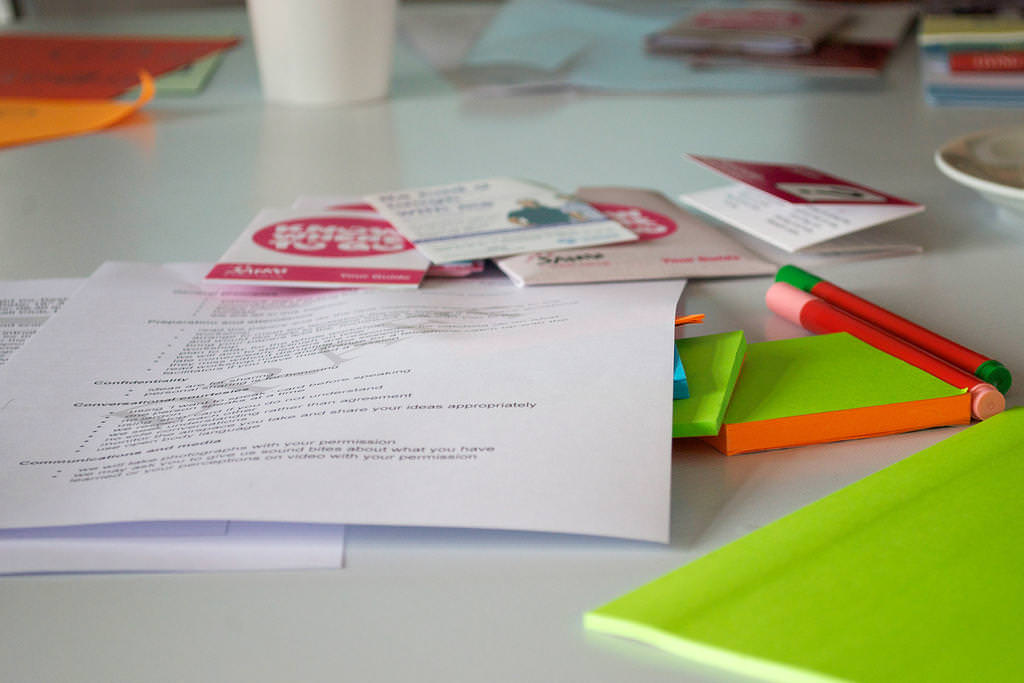
Having never experienced this kind of project before I had no idea what it entailed. I'm involved in Pilotlight in Moray because I wanted to make a difference to other peoples lives (like me) who are living with mental health. I want to try and enable them to manage their health problems, get help easily and when they need extra support, knowing it will be there. Here is my experience of being in the co-design group so far…
I found starting out was difficult, ‘breaking the ice’ so to speak. I think the first session was the most difficult. When there are a lot of issues to cover, the many different subjects that have to be discussed, it felt like the mountain was too big to climb. However, this just showed how much we wanted to all be there and for us as a group, how much we wanted to be heard.
I suppose a lot of people in the same space fighting for the same thing just takes time to mellow a bit - which it greatly has. After the initial session I was afraid to go on with the project, thinking that I could have voiced my opinions differently. I asked questions like: how was I going to contribute to this group? Was this co design group right for me? Are people’s lives going to get any benefit from this?
Discussion during the third workshop put us all on an equal footing and I felt that I was more part of a group and that we were all heading in the same direction.
I found the separate homework tasks we had to do before workshop 3 (we were asked to bring examples of effective information design) were helping people become aware of mental health issues. Some people brought in examples of effective mental health communication. Thinking of different wording, colors, age appropriate topics i.e. highlighting bullying in schools can be very different from making children aware of self harm. We also looked at where mental health information could be communicated; whether it be on the side of a bus, cereal boxes or posters.
At the last workshop, we created character profiles of people who suffer from mental health problems. Our characters will be at the centre of our designs. This task let me see that although you feel isolated during episodes of mental ill health, actually what you can feel can be the same as what another person may be feeling.
I also try and get across in my working group that mental health cannot disappear and that having long periods of remission is the best way for me to look at myself and apply it to this co design group.
Role Play of the SDS assessment process has helped us visualise what could happen when a person applying for SDS is put into a situation that they may or may not handle well. This has given us insight to adapt how the assessment process could change for the better.
